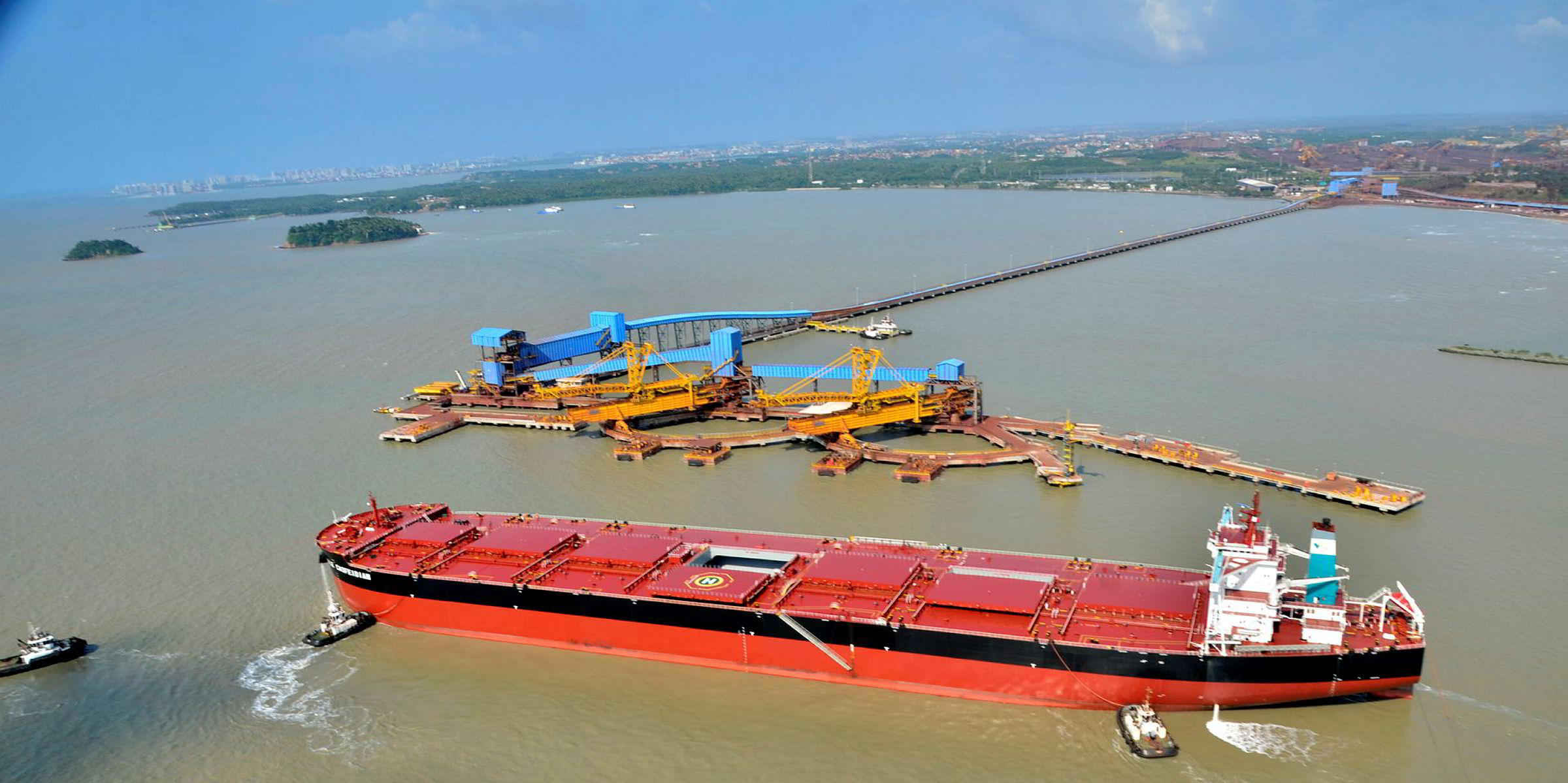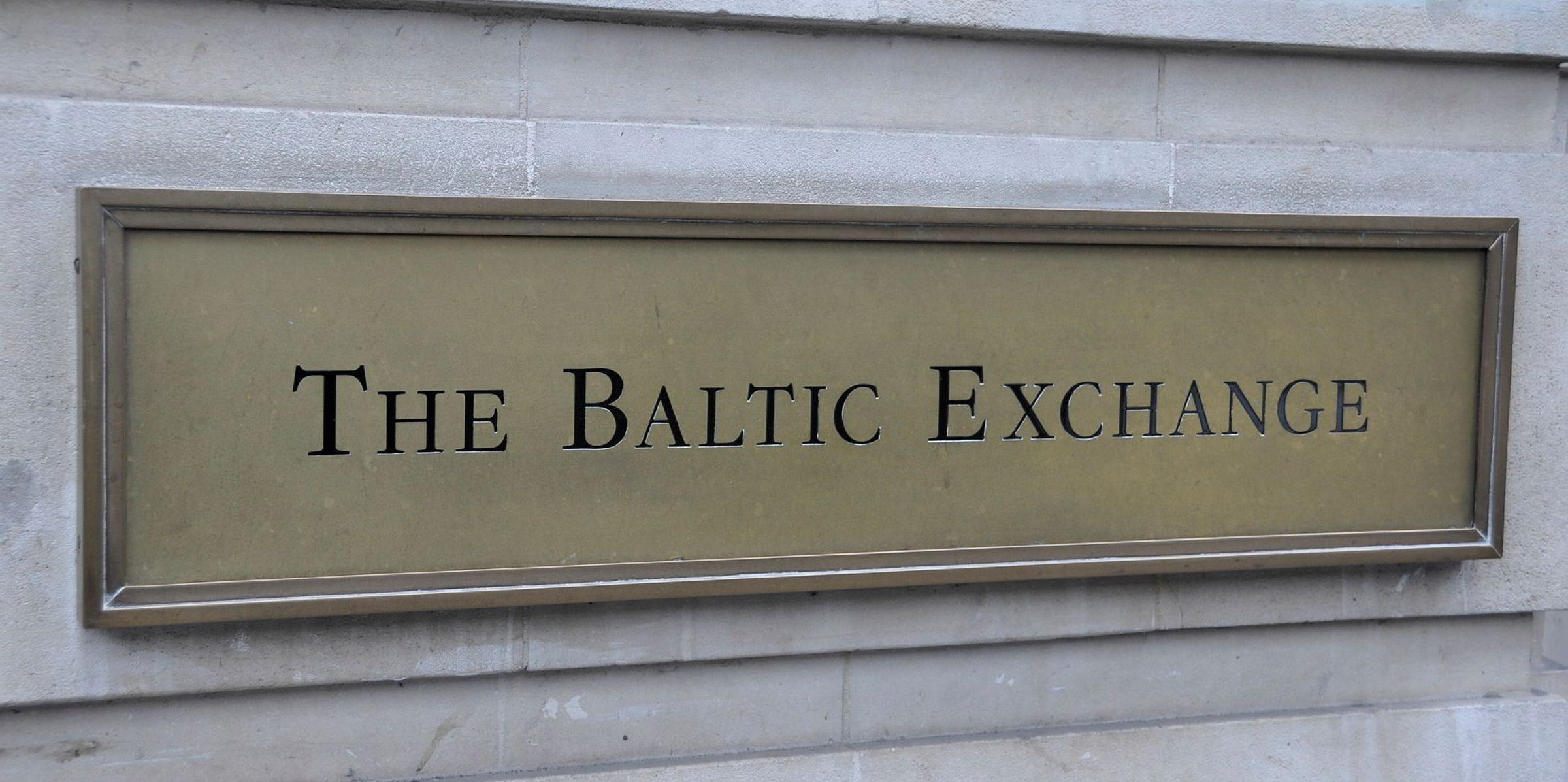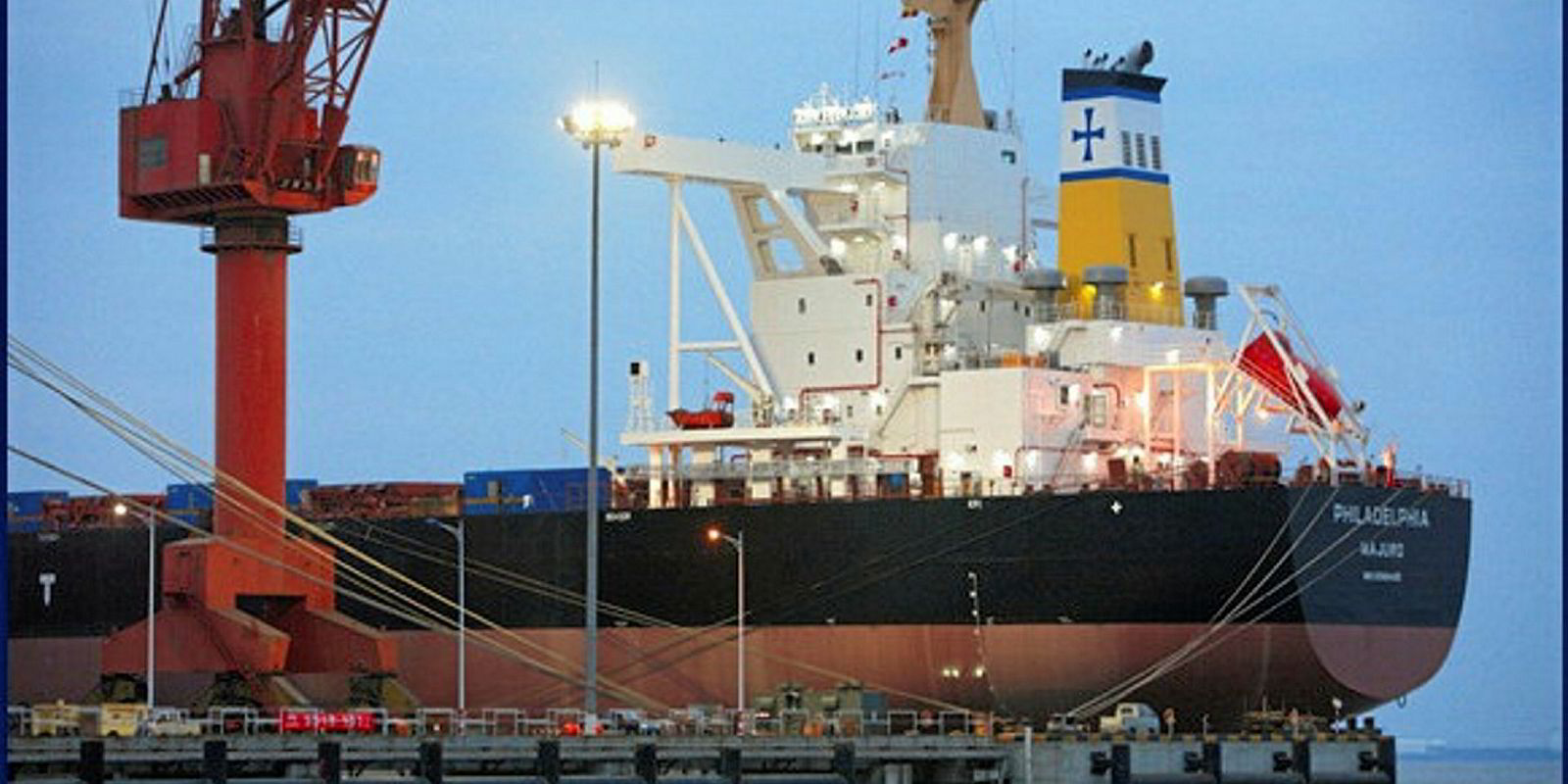A global economic slowdown, seasonal demand weakness and a deadly accident at Vale’s iron ore operation have dragged dry bulk shipping rates down to near record lows. That is being seen by some as a bad omen for shipowners in the coming quarters.
While bulker earnings tend to be plagued by demand softness around the Chinese Lunar New Year, which was on Tuesday, market participants have suggested the slowdown is sharper and broader than usual.
The Baltic Dry Index fell below 630 earlier this week, a low not seen since June 2016, with earnings for all sizes of ships assessed below operating costs
Looming volatility
“There is a lack of activity and lack of confidence,” Western Bulk Chartering chief executive Jens Ismar told TradeWinds. “This year looks very challenging and volatile.”
Analysts have been revising down earnings forecasts amid deteriorating rate environments.
According to Bloomberg’s shipping survey released earlier this month (feb?), the median forecast for average capesize earnings this year is $19,254 per day, down from $21,432 in November. Under its revisions, panamaxes fell to $13,000 per day from $14,263 per day, supramaxes to $12,500 per day from $13,500 per day, and handysizes slipped to $9,625 per day from $10,400 per day.
While asset prices and time-charter rates in the bulker markets have been relatively resilient to date, Stifel analyst Ben Nolan said further downward corrections are likely.

“Asset values tend to lag time charter rates and time-charter rates tend to lag spot rates,” Nolan said. “We could be very close to an absolute bottom in rates ... but it does not look like asset values have bottomed.”
The rate weakness began towards the end of December for vessels of less than 100,000 dwt, with multiple macroeconomic indicators simultaneously flashing red warning lights.
Trade tensions
While Chinese and German industrial activities continue to slow amid persistent trade tensions with the US, exports from Asian powerhouses such as Japan, Singapore and South Korea are tumbling.
“The severity and pace of freight-rate declines for low-volatility smaller ships, the most exposed to global commodity demand and industrial production, signal China's industrial slowdown is spreading,” Bloomberg Intelligence senior industry analyst Rahul Kapoor said.
“A rapid fall in dry bulk shipping rates … is a worrying sign and signals demand quickly eroding.”

For the panamax segment, China’s restriction on coal imports and tariffs on US soybeans have undercut vessel demand since the second half of last year.
Beijing has been limiting coal imports to encourage domestic production, with December imports falling to 10.2 million tonnes from 22.7 million tonnes in the same month of 2017.
Unfulfilled promises
While Chinese officials said the country would buy more US soybeans in attempts to ease trade tension, such promises — usually without timelines — have done little to lift sentiments among bulker owners.
Only 540,000 tonnes of soybean were shipped from US Pacific ports to mainland China in the first four weeks of January, according to Bimco, citing BullPositions data. China imported 32.9 million tonnes of soybeans from the US in 2017 and 16.6 million tonnes in 2018.
Earnings prospects of capesizes have worsened significantly following a breach of Vale’s upstream dam in Brumadinho in the state of Minas Gerais in January, resulting in more than 100 deaths. In the same state, a dam rupture at the Samarco operation — owned by Vale and BHP — killed 19 people in 2015.

Vale is decommissioning 19 other dams with the same design, removing in total some 40 million tonnes of iron ore production from the market.
“While Vale wants to increase production at its other mines to compensate for the [production] loss … a furious Brazilian government is unlikely to permit the company to increase operations in the near term,” Drewry Shipping Consultants lead dry bulk analyst Rahul Sharan said.
While Australian miners can step up to fill in the supply gap in Asia, potentially the demand for 35 to 40 capesizes could be lost this year due to lower tonne miles, Sharan added.
Bouncing back
Still, most market players are hesitant to write off this year’s bulker markets.
“We expect support to reoccur from mid to end-Feb, as South American soybeans start to flow into the market again, and the decisive Chinese buyers return from New Year celebrations,” Bimco chief analyst Peter Sand said.
The Chinese government may also launch another round of infrastructure spendings to avoid a sharp economic slowdown, which would reverse the fortunes of bulker owners, according to Kapoor.
Industry estimates generally put this year’s net fleet growth at a reasonable level of 3%.
Moreover, IMO 2020 could trigger some scrapping if earnings remain low, while some ships are due to be removed from trading temporarily for scrubber installations, according to some market participants.
“We believe an extended slowdown in fleet growth will help arrest the significant decline in freight rates,” Kapoor added.







